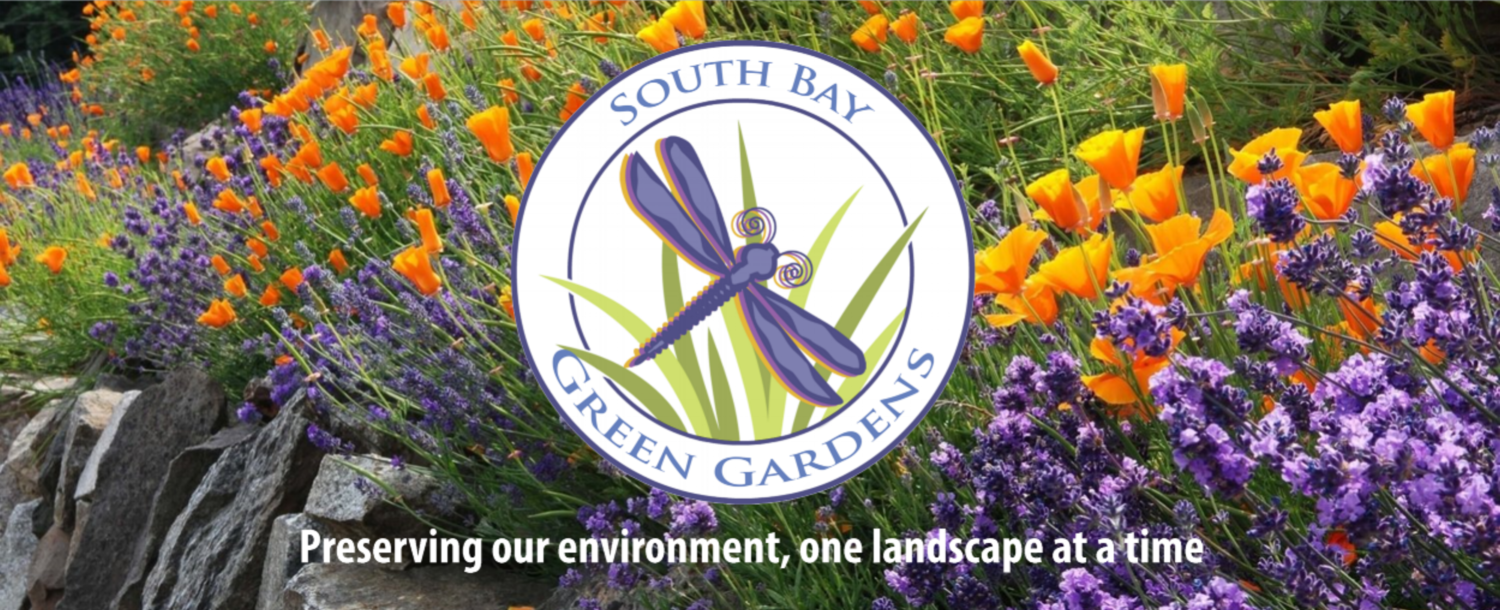We have finally had some rain - yay! But it is not too late to install rainwater capture components in your yard. And the best part is that you can receive rebates from Valley Water through the Landscape Rebate Program! Installing rain barrels or cisterns is a great way to capture rainwater that flows off your roof and save it for a dry day. Supplementing your irrigation with rainwater saves precious potable water and can save you money as well.
Adding a rain garden element to your landscape is also a great way to keep rainwater from flowing into the storm drains. Instead, roof water can be kept onsite to percolate back into our groundwater supply, which we rely on heavily to meet our water supply needs.
This video, by Landscape Architect, Stephanie Morris, walks you through a rain garden installation project designed to capture roof runoff and replenish our groundwater supplies.
For all rebates under the Landscape Rebate Program, including the Rainwater Capture Rebates, application submission and approval is required before purchasing any new equipment or starting any work. For more information, or to get started, visit Valley Water’s site here or call our Hotline at (408) 630-2554.
PLEASE NOTE: SAVE WATER, NOT MOSQUITOES!
Did you know that one of the most common problems with rain barrels is mosquito breeding? Thousands of mosquitoes can emerge from standing water inside a rain barrel. Follow these three simple steps to eliminate mosquitoes:
1. Cover the barrel and all openings
2. Empty barrels on a regular basis
3. Keep the lid clear of standing water
Do your part to prevent West Nile and Zika virus outbreaks! Visit Santa Clara County Vector Control District for more info.



